
Troy Trygstad, PharmD, MBA, PhD, discusses the trends of targeted research in the influenza vaccination space and how protocols could differ based off of variances.

Troy Trygstad, PharmD, MBA, PhD, discusses the trends of targeted research in the influenza vaccination space and how protocols could differ based off of variances.

Eric Daar, MD, explains how gene editing therapy can be used to move the HIV cure agenda forward.

Nimish Patel, PharmD, PhD, discusses the updates to CDI management guidelines and the role of the pharmacists in providing education to physicians.

Jason Gallagher, PharmD, discusses the clinical implications of eravacycline for the treatment of intra-abdominal infections.

Bruce Jones, PharmD, BCPS, discusses the growing burden of ABSSSI and why there have been an influx of MRSA cases.
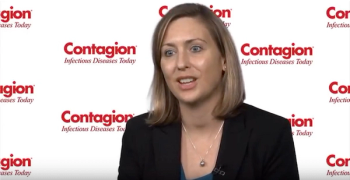
Colleen Kelley, MD, the biggest barriers to HIV prevention methods and how to overcome them.

Barbara Wells Trautner, MD, PhD, explains the difference between asymptomatic bacteriuria and urinary tract infections.

Ellie J. C. Goldstein, MD, discusses the global threat of resistant gram-negative rods and recently approved drugs ceftolozane tazobactam and ceftazidime avibactam.
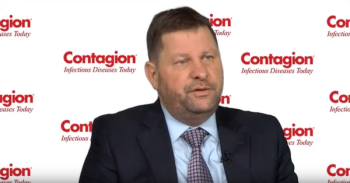
Yoav Golan, MD, discusses trends in the incidence of acute bacterial skin and skin structure infections, standard protocols for treatment, and the challenges clinicians continue to face.
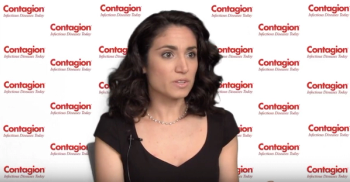
Julie Ann Justo, PharmD, MS, BCPS-AQ ID, provides an example of how institution-specific information can be used to generate a customized risk score.
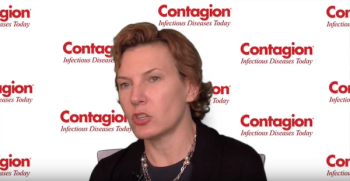
Barbara Wells Trautner, MD, PhD, discusses finding alternatives to fluoroquinolones and facilitating patient communication to improve outcomes.

Ellie J C Goldstein, MD, discusses how physicians need to rely on the data that is available when selecting an antibiotic.

Dale N Gerding, MD, discusses the most recent changes to the guidelines of C difficile and the concerns of long-term effects of fecal microbiome transplants.
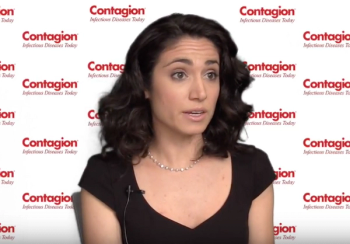
Julie Ann Justo, PharmD, MS, BCPS-AQ ID, discusses the source of prediction scores and how antimicrobial stewards work in concert with other clinicians to develop prediction scores.

Samuel Shor, MD, FACP, explores the controversial concept of chronic Lyme disease and the role of antibiotic stewardship in treatment programs.

Samuel, Shor, MD, FACP, discusses the potential link between chronic fatigue syndrome and Lyme disease.

Julie Ann Justo, PharmD, MS, BCPS-AQ ID, discusses how prediction scores are used to guide empiric therapy.
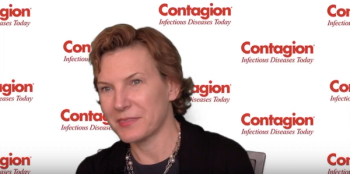
Barbara Wells Trautner, MD, PhD, discusses why physicians are using fluoroquinolones despite the FDA’s warning.
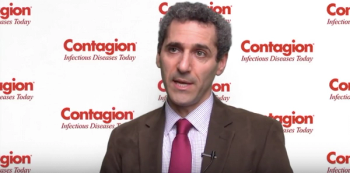
Douglas Krakower, MD, discusses the challenges of predicting HIV acquisition in large populations using electronic health records.
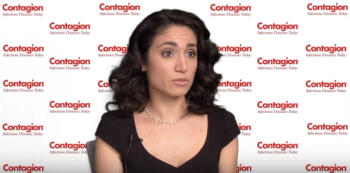
Julie Ann Justo, PharmD, MS, BCPS-AQ ID, discusses how prediction scores are used in antibiotic stewardship programs.
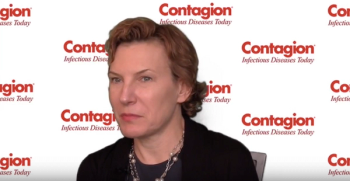
Barbara Wells Trautner, MD, PhD, explains the risk of aortic dissection and aneurysm in patients taking oral fluoroquinolones.

Ellie J C Goldstein, MD, stresses the importance of improving transition of care with better communication.

Jason Gallagher, PharmD, discusses the clinical implications of the approval of plazomicin for health care providers and patients.

Xingmin Sun, PhD, shares current progress on developing a vaccine for Clostridium difficile infection.

Xingmin Sun, PhD, discusses aspects that need to be considered before developing a vaccine for Clostridium difficile.
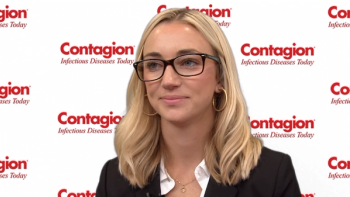
Chelsea Drennan, PharmD(c) explains why hospital length-of-stay might be shorter in patients who are on a fluoroquinolone versus a beta-lactam.
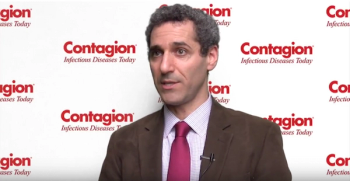
Douglas Krakower, MD, discusses which variables in electronic health records could be used to identify candidates for pre-exposure prophylaxis.

Leah H. Rubin, PhD, MPH, MA, discusses the importance of finding ways to improve cognitive function in women who are living with HIV.
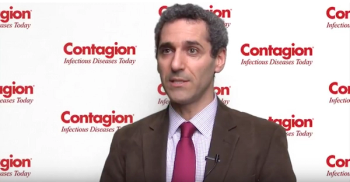
Douglas Krakower, MD, explains how electronic health records have expanded in use in order to identify people at risk for diseases who could benefit from preventive interventions.

Bruce A. Mueller, PharmD, explains the risk factors for augmented renal clearance.